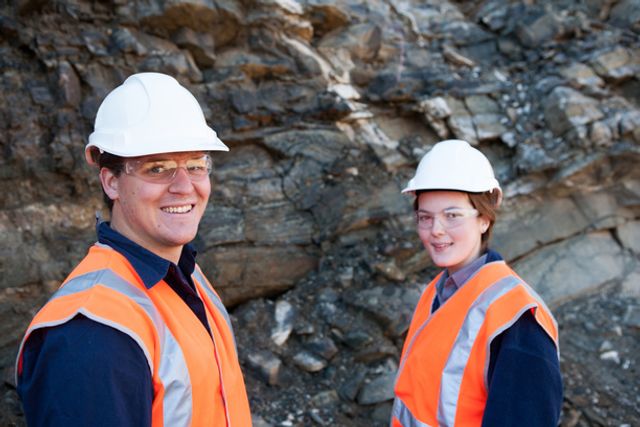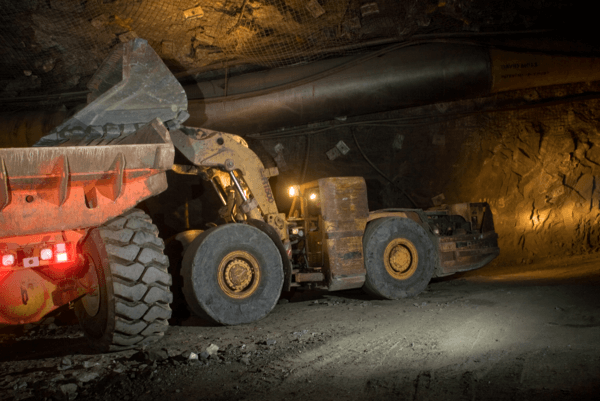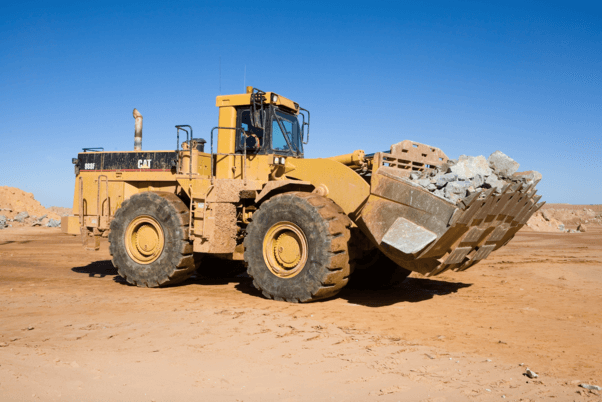
Do people who work in mining have any clear idea of the pay gap between men and women in our industry?
A recent poll by the Mining People Polling/Media Centre sought comments and feedback from people about their perceptions of the gender pay gap in the Australian mining industry.
It was a qualitative poll, with more questions and room to write in answers. It was not aimed so much at getting large numbers of respondents, but rather at gaining deeper insights into the views people in the industry have of this issue.
The gender pay gap in mining: a poll
The gender pay gap has been hotly debated for quite some time now, but what exactly is it? It’s the difference between the average full-time weekly earnings of men and women across all ages, industries and roles. A recent Australian Government report found that, while the gap is narrowing, there’s still a large discrepancy to the tune of $27,000 a year. However, this does differ substantially between industries.
So, here are the poll questions, the results and our attempt at interpreting them.
Do you think men are paid more than women in your mining workplace for doing the same or similar work?
| All or most of the time | 23.81% |
| Some of the time | 18.10% |
| Maybe in a few select roles | 17.14% |
| Never – they’re paid the same | 35.24% |
| Unsure | 4.76% |
Our summary:
Fifty three percent said that for all or most of the time there is no gap or they are paid the same all or most of the time.
What do you think the gap looks like?
| There is no gap | 46.67% |
| Men are paid 1-3% more than women | 7.60% |
| Men are paid 3-5% more than women | 7.64% |
| Men are paid 5-10% more than women | 11.43% |
| Men are paid 10-15% more than women | 10.52% |
| Men are paid 15-20% more than women | 10.44% |
| Men are paid at least 20% more than women | 5.71% |
Our summary:
Forty-seven per cent said that there is no gap.
The other half of the voters spread their views evenly across the gap, varying from one to three per cent, all the way out to 20%.
It seems there is a real perception inconsistency here.
RELATED: Men and women agree on mining workplace gender support
At this point we decided to ask a free-form question.
Why do you think this is?
Once again, we received an excellent response. It seems people really do appreciate the opportunity to contribute to something real and topical. Some people commented how pleased they were that such a survey was being conducted.

It is not possible to list every comment as there were almost 100 individual responses submitted. We have summarised the key themes of those answers and provided a couple of direct quotes we felt summed up large blocks of opinion.
And as always, please avoid shooting the messenger.
The ‘men have more muscles and are more practical’ responses
Like-for-like work is very difficult to compare. The general view was that most jobs that could be easily assessed as “identical” were more likely to be junior roles where the work was entry level and had a manual component to it.
A common theme was that under these conditions, men were sometimes paid more because they brought their muscular strength and their inherently more practical life experiences to date, to the job.
The ‘technical/caring for equipment and soft skills see women bridge the gap quickly’ responses
It was commonly felt that as roles moved away from these examples to more technical roles, and where the operation of complex equipment with careful skill was required, there was no gap.
The ‘men benefit from a slow “drift” higher’ responses
Another common observation was that because men tend to spend longer time periods with a company, and with the industry being a male-dominated environment, men benefited from incumbency and an inevitable ‘drift’ higher for their pay.
RELATED: Women in mining: Just how supportive is our industry?
And, finally…
Then there was this comment, which we’re quoting in full:
“Every comprehensive study that controls for preferences and decisions in career choice concludes that the average gap in ‘like-for-like’ positions is only a few percent.
“But the misnomer is that ‘equal work for equal pay’ is even a valid argument. People are not paid for ‘work’. They are not paid just to turn up and look busy. Employees are paid to produce results. Want better pay? Produce better results. I see men and women that produce the best results paid the highest consistently and without favour.”
What factors are causing the gap?
Our last question asked people to rank the factors they believe contribute to the pay gap (with one being the most important). People were not required to rank all options, just the ones they believed were important.
In all, in excess of 600 ranking scores were provided, ranking the factors as follows (from most important at the top to least important at the bottom):
- There are simply more men with mining experience than women 140
- Mining is a male-dominated industry 166
- There are not enough women with training in specialised mining areas 183
- Men are more likely to get promotions in mining 190
- Previous salary affects what the person is offered 195
- Women taking career breaks (e.g., maternity leave) 209
- Women are less interested in working FIFO 223
- Men are better at salary negotiation 242

Our summary of gender pay gap perceptions in mining
You’d have to say the top three factors (that is, those perceived to be most important) aren’t really a function of any discriminatory bias, but rather factual observations that mining is a male-dominated industry.
Interestingly the bottom three factors (those perceived least important), seem to contradict the usual reasons trotted out in discussions about gender pay gaps in mining: those being that because women take more time off, don’t want to do remote work, and can’t stick up for themselves, they are disadvantaged. This perception ranking seems to refute that.
Unfortunately, when this poll was conducted The Mining People Polling/Media Centre did not have the current functionality (it does now) to cross-reference answers to one question against answers to another question.
As a result, we can’t tell you if there was a natural bias whereby men and women were more likely to answer one way or another to each of the questions.
Before we go...
Here’s one more comment from a respondent we wanted to share, in full, about the gender pay gap in mining:
“Men are paid at least 20% more than women because statistics support that. Really looking forward to all the blokes saying there is no problem.”
And, on that note, in case you’re wondering, we did ask our respondents this question:
What is your gender?
| Male | 67.62% |
| Female | 25.71% |
| Prefer not to say or do not identify with the genders listed | 6.67% |
And, as expected, I guess that’s mining.
If you are looking for deep insights into the mining markets and would like MPi to conduct some targeted industry research on your behalf, then please email us.

Managing Director & Principal Executive Search - Mining People International (MPi)
Fellow/National Board Member – Recruitment, Consulting & Staffing Association Aust. & N.Z. (RCSA)